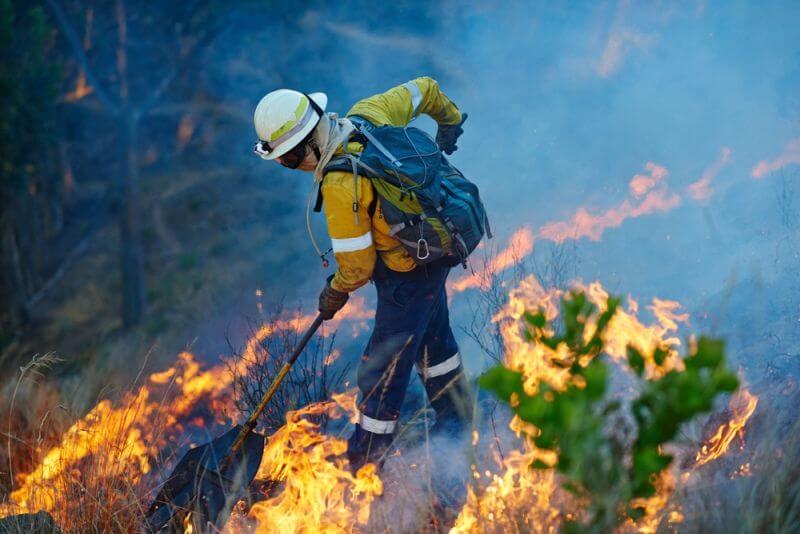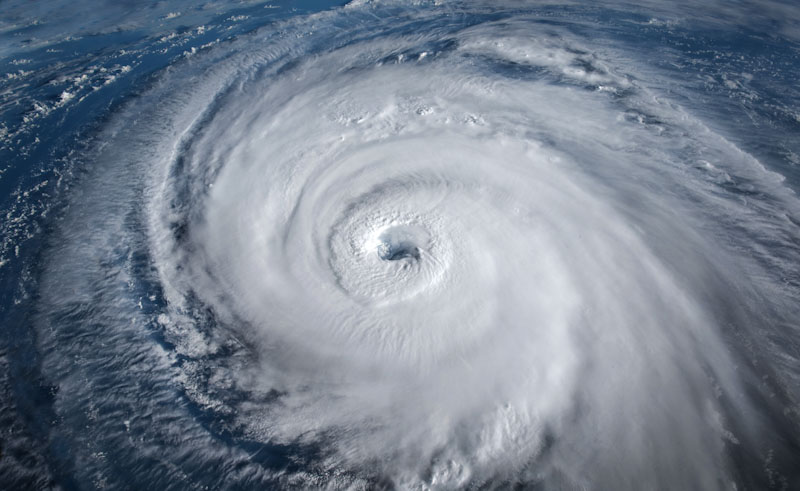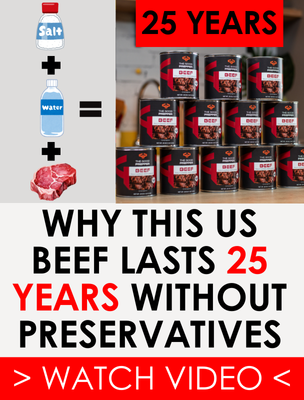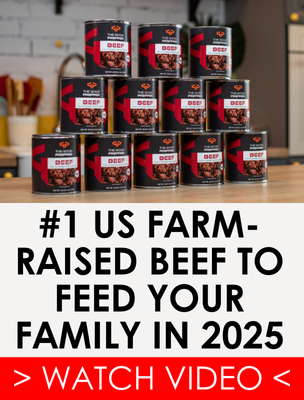What would you say if I told you that there were between 12k and 25k different enjoyably edible things on our planet but we only actually eat about 500 of them, at the most?
Our ancestors ate quite a larger range of foods than we do today, and many of them had medicinal as well as nutritional benefits.
I said “enjoyable” because there are actually as many as 100k edible organisms, but they don’t all taste that great. Since there are so many forgotten food options, we’ll focus on the ones that taste good. Many of these may even still be in your backyard, or in the woods around your house, but the value of them has been lost, many of them in just the last 120 years ago or so.
Read on to learn more about these lost yummies…
Delicious superfoods
Many people are surprised to find out that “superfoods” suitable for managing both small and large scale crisis situations are inexpensive and easy to make.
In fact, the recipes for some of these superfoods were developed decades to hundreds of years ago. You can learn to make all of them, and adapt the recipes to your survival garden in order to create a winning combination that will work better than MREs and other costly pre-packaged foods. No matter whether you are interested in having nutritious food on-hand for a hurricane, or you are concerned about the increased probability of a major crop failure in the near future, these are recipes that will help you get through and remain as healthy as possible.
Click here to get your 10 Survival Super-Foods For Both Small And Large Scale Crisis<<
 Best chicken recipe there is
Best chicken recipe there is
Ahhh … fried chicken – one of the greatest, oldest traditions of the American South – or, so you thought.
Today, we’re going to share with you a 300 year old recipe from England found in a gem of a “household tips” book written by Nathan Bailey, called “Dictionarium Domesticum.”
There are undoubtedly countless varieties of recipes found in every corner of the globe, but Nathan Bailey’s 300 year old recipe is sweeping the internet – so let’s get right down to the how to’s!
Most importantly, begin with the right sized chicken. Arguably, a 4-pound fryer is the best sized chicken for frying. Frying a chicken larger than 5 pounds takes the pieces too long to cook and chickens smaller than 3 pounds are just too small for great fried chicken.
Traditionally, fried chicken INCLUDES skin. Those who opt for skinless fried chicken hoping for a low-fat option should probably avoid eating fried chicken to begin with. Skin is crucial for providing the support needed for breading the chicken and for adding that perfect element of crisp that is the ultimate goal of every great chicken fry cook.
Skin also blocks the grease from completely saturating the meat, so it works to lower the fat in the recipe without sacrificing taste and crunch.
Click here to learn how to cook the 300-year-old fried chicken recipe…



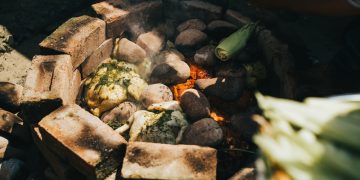



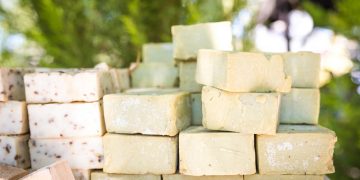
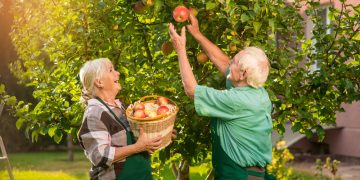












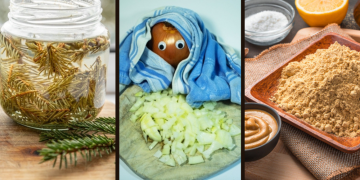
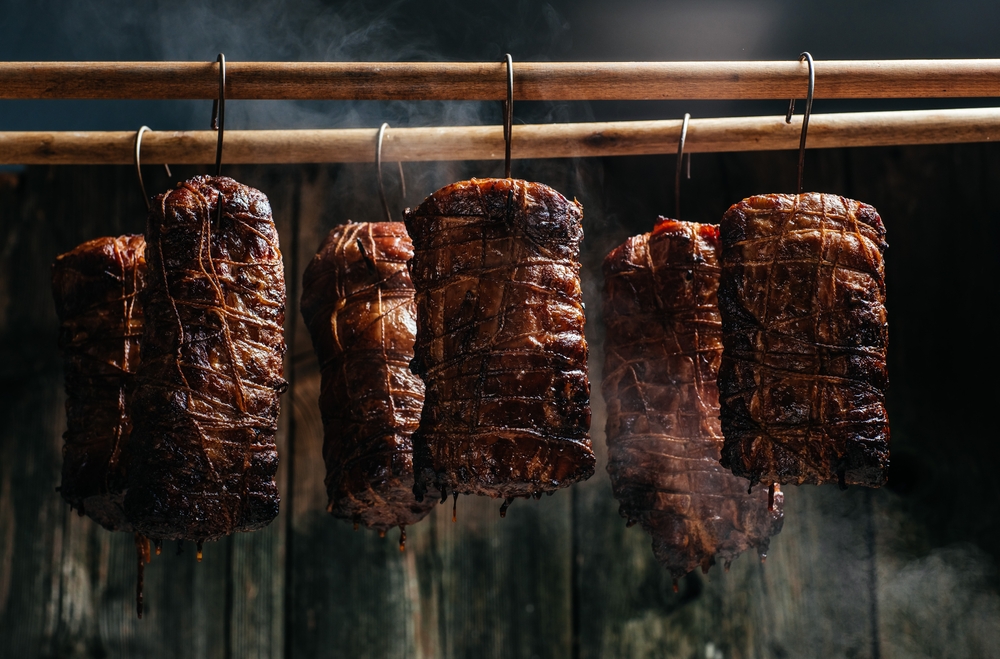
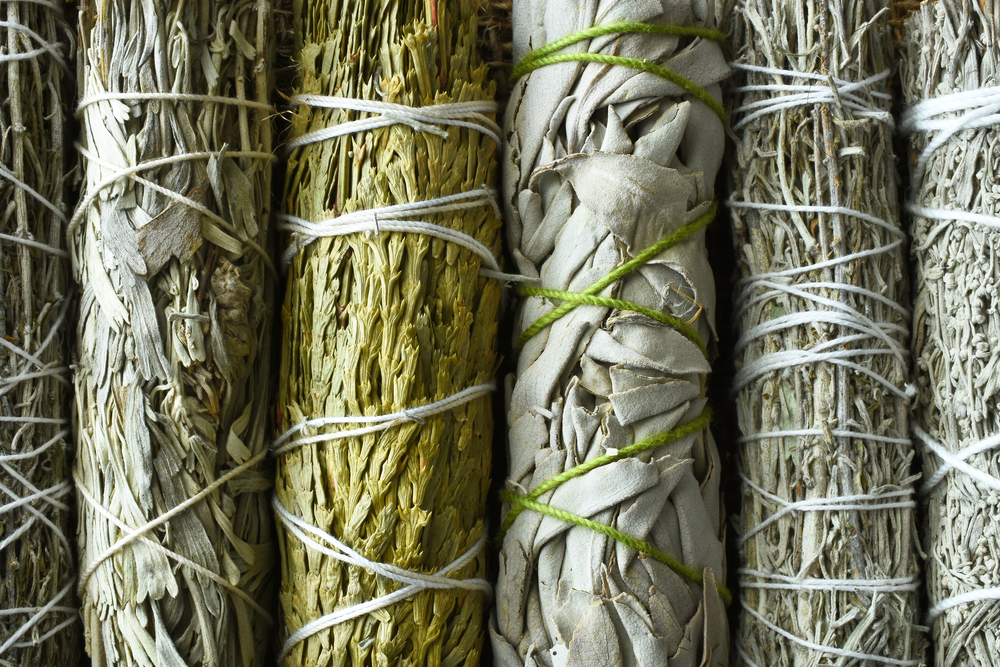
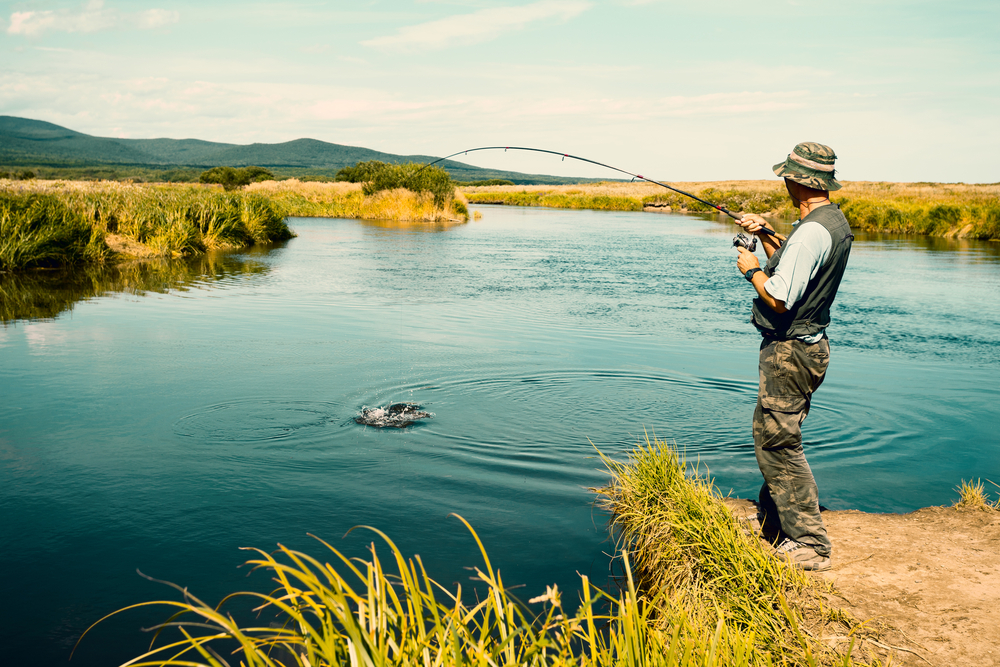
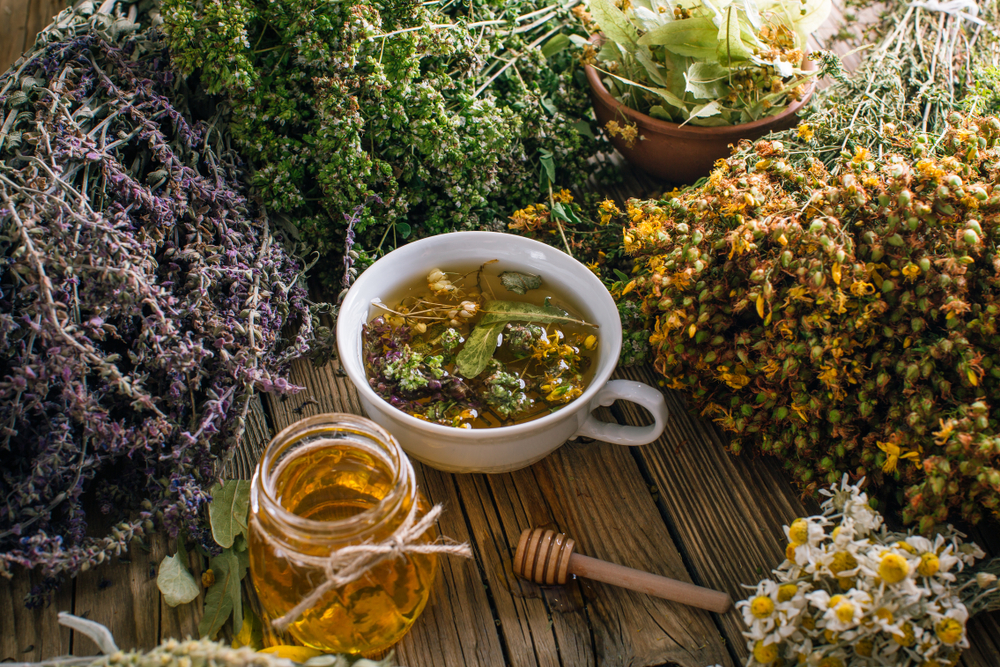

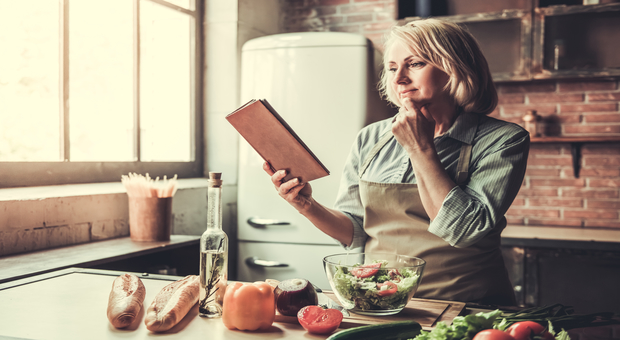
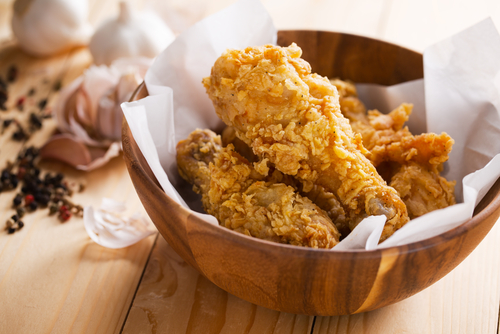 Best chicken recipe there is
Best chicken recipe there is




